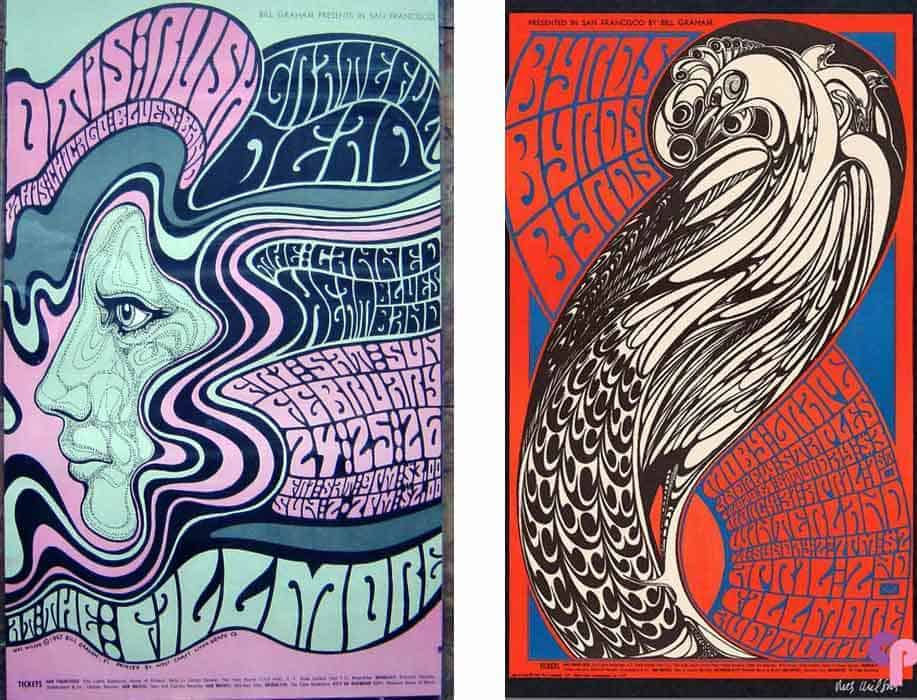The Neuroscience of Ego Death & a Discussion on Depression
- AH
- Apr 9, 2021
- 2 min read
Updated: Apr 10, 2021

You may have heard of this idea - ego death or ego dissolution. It's the feeling of your entire sense of self collapsing. For many people, it is horrifying. For others, it is a desirable state. Let's discuss what's happening in your brain during this experience.
Ego death occurs on high doses of psychedelics. During ego death, there is a decrease of blood flow and oxygen consumption in the default mode network, or the DMN (this region was not really known in science until the year 2001). This was discovered by the psychedelic researcher, Cahart-Harris and his colleagues, whose study showed that psilocybin reduces brain activity, with the falloff concentrated in the DMN. The DMN is the brain region that is active when your mind is wandering, you have no task to complete, you’re daydreaming, reflecting on yourself, traveling in time, or worrying. Paradoxically, when it seems like you're doing nothing, a lot is actually happening in the brain (the DMN consumes a disproportionate share of the brain's energy). The DMN is centrally located in the brain, and so it connects parts of the cerebral cortex to older structures in the brain that are involved in memory and emotion. More importantly, the DMN aids in the creation of mental constructs such as the self, or the ego. Now, when there is a reduction of activity in the DMN... well, the ego goes quiet. To support this, according to the book How To Change Your Mind by Michael Pollan, "Perhaps the most striking discovery of Cahart-Harris’s first experiment was that the steepest drops in DMN activity correlated with his volunteers’ subjective experience of “ego dissolution” (305).
And so, the boundaries that we set between ourselves and the world fade. This is what leads to the feeling of ultimate connection to nature and the universe.
Is this desirable?
Well, let's think of it like this: the brain loves stories. It eats up stories about ourselves, the things that we think we are, and uses our past and present to make predictions about the future (many of which are blatant lies - the blind spot in the eye is a great example of this. Here is an article that explains it). The brain does this because it is an efficiency monster, as I like to call it. It uses predictions because predictions aid in our survival- and our survival is everything we have evolved to achieve. The DMN is critical in helping form these connections, as it acts as a filter against a wave of irrelevant information. If there was always reduced activity in it, we would not thrive as a species.
On the other hand, an overactive DMN - a person who has sunken deep into reflection - is an overactive ego. As Pollan puts it: "When the grooves of self-reflective thinking deepen and harden, the ego becomes overbearing. This is perhaps most clearly evident in depression, when the ego turns on itself and uncontrollable introspection gradually shades out reality. Cahart-Harris cites research indicating that this debilitating state of mind (sometimes called heavy self- consciousness or depressive realism) may be the result of a hyperactive default mode network” (315).
And so, both sides of the DMN's story are presented.
I hope this blog post helps illuminate the science behind ego death.




Comments